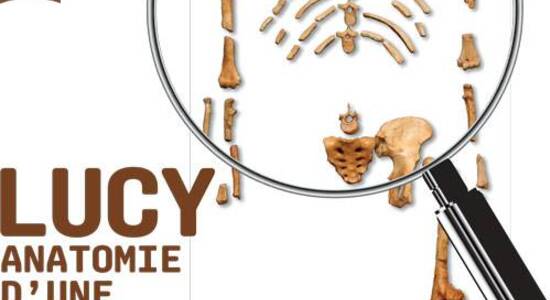Publication Frontiers in Ecology and Evolution
Publié par Laboratoire PALEVOPRIM, le 29 avril 2020 1.6k
Long-Term Isotope Evidence on the Diet and Habitat Breadth of Pleistocene to Holocene Caprines in Thailand: Implications for the Extirpation and Conservation of Himalayan Gorals
Three taxa within the subfamily Caprinae (Himalayan goral Naemorhedus goral, Chinese goral Naemorhedus griseus, and Sumatran serow Capricornis sumatraensis) live in the mountainous upland forests of Southeast Asia, where they are considered as vulnerable or near threatened species. Co-occurrences between these two recognized genera have been documented from some Pleistocene fossil sites in Thailand, suggesting more widely overlapping distribution in the past than today. However, diet and habitat preferences of these Pleistocene and present-day coexisting species have rarely been investigated so far. For the past three decades, stable carbon and oxygen isotope analyses become more commonplace in ecological investigations, allowing us to explore the diets and habitats of ancient and extant animals as well as to reconstruct environmental conditions in the past. We reconstructed diets and habitats of these taxa from five fossil sites in Thailand during the past 400,000 years (from the Middle Pleistocene to the Early Holocene) and from some modern wildlife using the isotopic analysis of carbonate in tooth enamel, in order to test species co-occurrence patterns during the Pleistocene and to examine possible changes of their niche breadths over evolutionary time. Our carbon isotope analysis revealed remarkably different ecological patterns between Naemorhedus and Capricornis. The Pleistocene Sumatran serow has been a greater generalist than both the Himalayan and Chinese gorals that fed on pure C4 or mixed C3 and C4 plants restricted to an open landscape habitat and than its extant population that occupies a closed-canopy forest. This suggests that the habitat contraction of the modern wildlife is likely due to the Holocene climate change and the human impacts on Thai ecosystems. In addition to the loss or reduction of grasslands after the latest Pleistocene when rainforests became dominant and besides the human hunting and predation pressure, the high interspecific competition likely contributed to the extirpation of Himalayan gorals in Thailand. Developing a strategic plan for the future biodiversity conservation, a long-term historical isotope approach allowed us to predict the contrasting habitat suitability, a lowland grassland, for these two threatened goral species as testified by their ecological persistence during the Pleistocene.
Références
Kantapon Suraprasit, Jean-Jacques Jaeger, Rasmi Shoocongdej, Yaowalak Chaimanee, Athiwat Wattanapituksakul, Hervé Bocherens – Long-Term Isotope Evidence on the Diet and Habitat Breadth of Pleistocene to Holocene Caprines in Thailand: Implications for the Extirpation and Conservation of Himalayan Gorals – Front. Ecol. Evol., 21 April 2020 . DOI: 10.3389/fevo.2020.00067.




